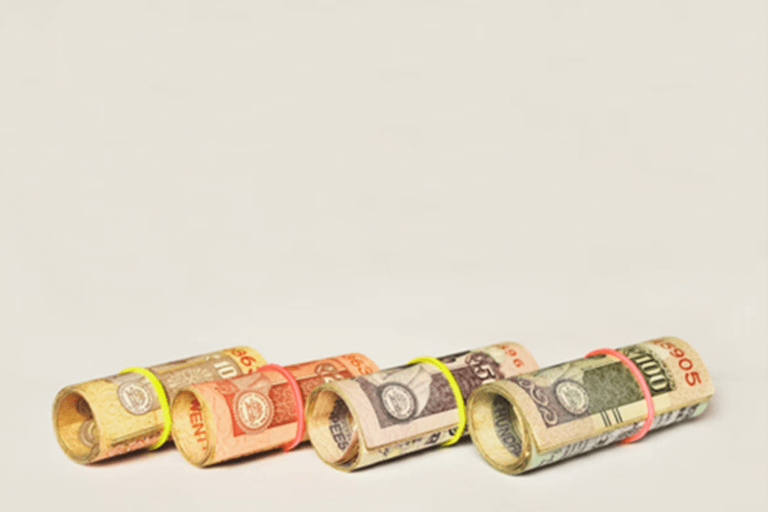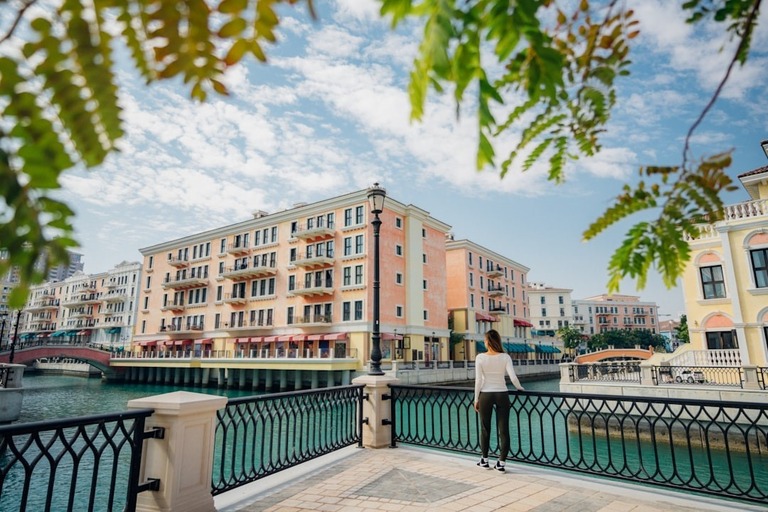
Venice Carnival: Know the History, Traditions, and Celebration at Venice Carnival
Table of contents
Venice Carnival, or the Carnival of Venice, is a major festival in the city of Venice, Italy. This festival has a rich historical and cultural significance in the city and has been celebrated for centuries. Held in a grand way every year, it has earned immense popularity around the globe. Those looking to witness and be a part of new and unique cultural experiences across borders will find this festival to be of great interest. Planning to visit Venice to attend this grand carnival? Find everything you need to know about the Venice Carnival on this page.
What is the Venice Carnival?
The Venice Carnival is a grand festival celebrated in the Italian city of Venice. It is an ancient celebration that is known for its use of luxurious and elaborate masks and costumes and has immense historical and cultural importance in the region. The traces of its origin are found in the Middle Ages, where it began as a celebration to mark the victory of the Venice Republic over the Patriarch of Aquileia. The carnival is seen as a time when the people of Venice can temporarily flee from social constraints and authorities and take part in fun and festivities with everyone while hiding their identities with masks and disguises.
The carnival is usually associated with ten days leading up to Lent. So, it is supposed to end on Shrove Tuesday (Martedi Grasso), which is also the day before the start of Lent on Ash Wednesday.
The Venice Carnival History
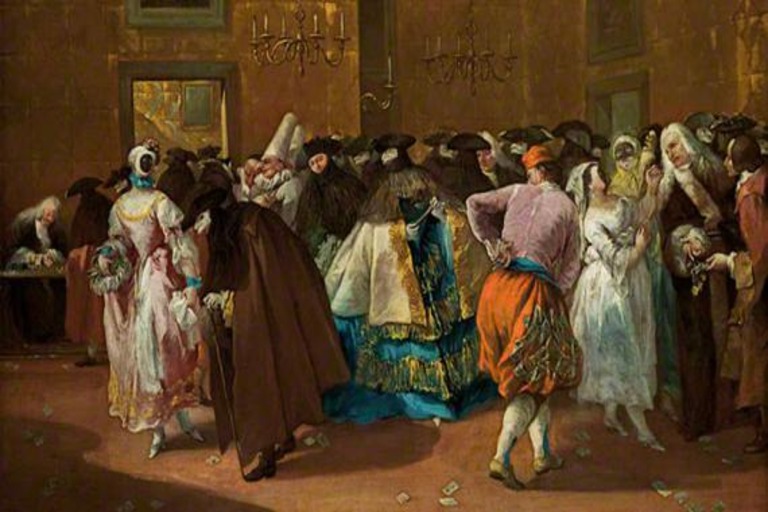
Venice Carnival History
As per the legend, the Venice Carnival is an event that began as a celebration to mark the victory of the Venetian Republic over Ulrich II, the patriarch of Aquileia, back in 1162. To honour this win, the people of Venice gathered at St. Mark’s Square (San Marco) and started to dance and celebrate. However, it was not until around the Renaissance period that the Venice Carnival became an official event. The carnival existed for many centuries until it was abolished in 1797 under the rule of Emperor Francis II, and so did the use of masks. Occasionally, people kept the essence of the festival going but in private events. Finally, the Italian Government revived this festival back in 1979 as a way to let the locals embrace their cultural heritage and promote tourism in the city.
Since its resurrection, the festival seemed to have connected not only with the locals but also many people around the world. This is why Venice welcomes around 3 million visitors every year who come to attend the Venice Carnival.
The unique traditions of the Venice Carnival
Marked by grand parades, masquerade balls and mask competitions, one of the key Carnival of Venice traditions lies in the association and use of masks and costumes. Mostly handmade with elaborate or simple designs, the use of disguises lets everyone enjoy the grand occasion without being held back by social constraints and strict authoritative practices. There are different types of masks worn during the Venice Carnival, some popular ones being;
1.Bauta
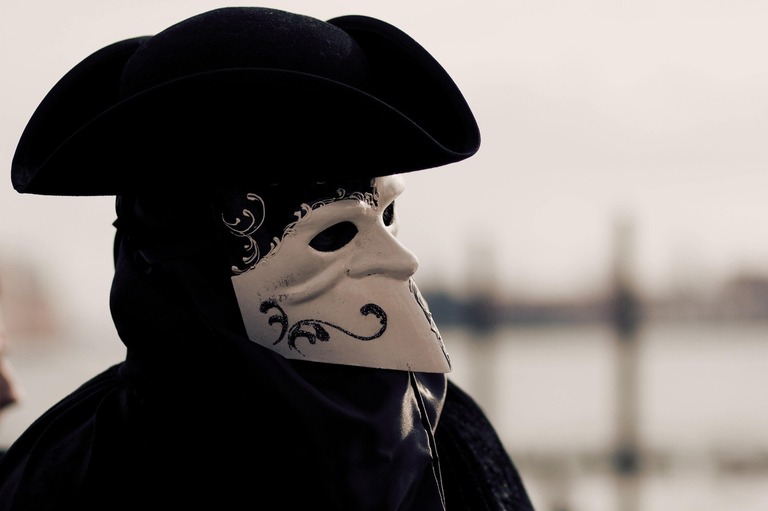
Bauta img black
It is one of the most iconic masks used in Venice Carnival. Traditionally white, but could also be golden or black, a mask covering the whole face with an elongated, protruding chin. It can be worn by men and women and people of all social standing.
2.Medico Della Peste
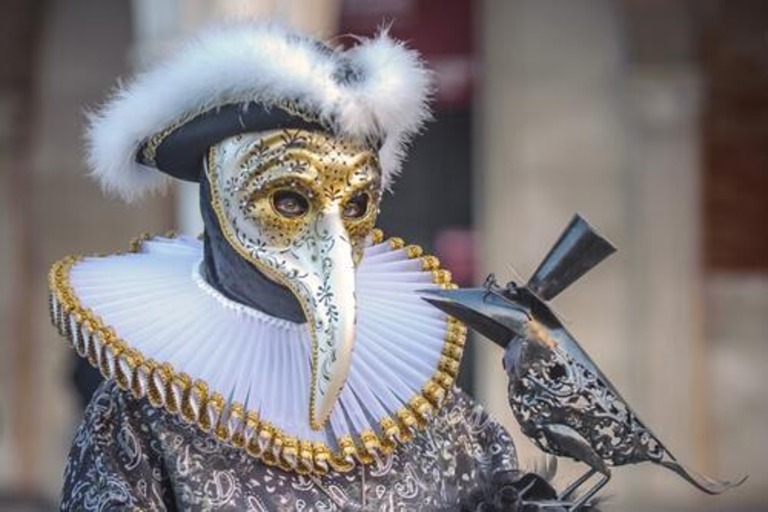
Medico Della Peste
Must Read : Experiencing Rio Carnival: A First-Timer’s Guide to the World’s Biggest Festival
It is a fantasy mask that covers the entire face and resembles the shape of a bird’s eyes and elongated beak. Historically, this type of mask was worn by doctors who used to treat people with plague in Venice between the 14th and 18th centuries.
3.Gnaga
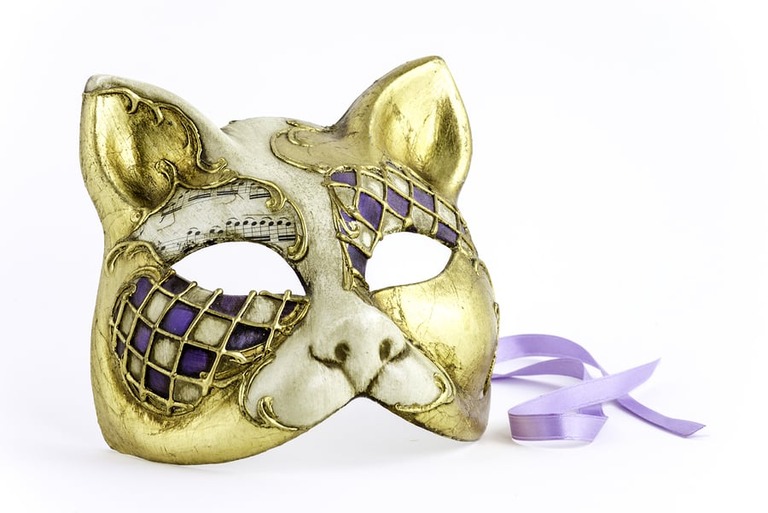
gnaga cat Carnivale Mask
Traditionally, this mask only covers the upper half of the face and is shaped like a cat’s face with ears, whiskers and eyes.
The celebrations at the Venice Carnival
Now that you know the Venice Carnival history and unique tradition, let’s take a look at how the festival is celebrated today;
1.Mask competitions
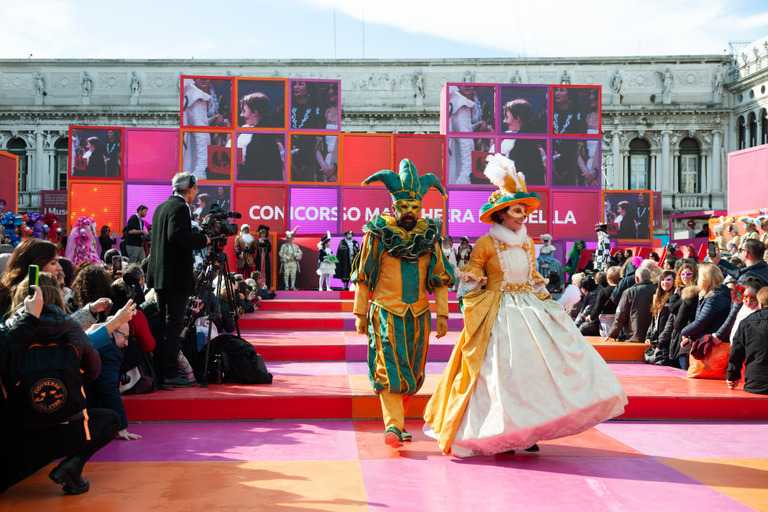
Mask competitions
As you know, masks and costumes are the main highlight of the Venice Carnival, so make sure to attend the official mask contest of the carnival. Entry to this competition is free and is held daily at Piazza San Marco during the carnival. Also, try not to be just a spectator by indulging in the celebration yourself. Invest in a good mask or a whole costume to blend in with the crowd.
2.Parades
One of the main attractions of the Venice Carnival is the opening parade, which takes place on boats and gondolas on the Grand Canal the weekend before. The water parade of boats is also held on the first weekend when boats sail to the Cannaregio district. Another unique parade you can attend is the Festa delle Marie.
3.Shows
There are interesting shows held all around the city during the carnival. The light and sound show held by Arsenale di Venezia and Volo dell’Angelo at St. Mark’s Square are two of the most popular ones.
4.Balls
Another highlight of the Venice Carnival celebration is the Masquerade Balls, which are mostly private formal events where people gather wearing masks and costumes and engage in some dance and socialising.
The most exquisite masquerades are held at the Ca Vendramin Calergi. Do note that tickets to these events can be quite pricey. Factor in the cost of masks and costumes, the prices go up significantly. Don’t worry if this is over budget; you can still enjoy the free and fun public events that happen all over the city.
Conclusion:
This concludes all you need to know about the history, traditions and celebration at the Carnival of Venice. It is a truly unique event that will give you a fun and unforgettable experience to cherish throughout life. It not only lets you witness one of Venice’s most important historical and cultural events but also be a part of the celebrations.
Table of contents
Trending blogs for you
Recommended Articles for you
Choosing the Best Forex Card for Your Travel Needs
Reading Time: 9 minutes 0 0 Travelling abroad can be an exciting adventure, but managing your finances while on a trip can sometimes be challenging. When visiting different countries, paying in local currency is essential to avoid the pitfalls of unfavourable exchange rates and […]
Top Zero Markup Credit Cards for Forex Transactions in India in 2025
Reading Time: 9 minutes 0 0 Traveling internationally often comes with various expenses, and one of the most significant is currency conversion. Traditional methods, such as exchanging cash or using credit/debit cards, usually involve hidden charges, hefty conversion fees, and unfavourable exchange rates. Enter […]
Why You Should Consider Trading Forex: 12 Key Insights
Reading Time: 5 minutes 0 0 Foreign exchange trading, commonly known as forex trading, has grown to become one of the most popular forms of trading worldwide. With a daily trading volume exceeding $7 trillion, it represents the largest and most liquid financial market. […]
Key Differences Between Regular Bank Accounts and Overseas Bank Accounts
Reading Time: 5 minutes 0 0 In a globalized world where people frequently travel, migrate, or conduct business across borders, understanding the distinction between regular bank accounts and overseas bank accounts is crucial. While both serve the primary purpose of storing and managing money, […]
Doorstep Forex Delivery and more by Thomas Cook
Reading Time: 2 minutes 0 0 Foreign Exchange today is one of the basic requirements for not only business travellers but tourists as well and getting a Doorstep Forex Delivery when you are really running late is truly a blessing! This is where reputed […]
Hotter Than Hot: Exploring India’s Hottest Destinations
Reading Time: 10 minutes 0 0 Exploring the hottest places in India reveals more than just extreme temperatures; it uncovers a rich tapestry of cultures, intriguing histories, and breathtaking landscapes. From the arid deserts of Rajasthan to the blazing plains of Uttar Pradesh, each […]
10 Best Places To Visit In July In India On A Budget
Reading Time: 11 minutes 0 0 July, with its refreshing monsoon showers, transforms India into a vibrant tapestry of lush greenery and spectacular landscapes. For those who wish to explore the beauty of this transformation without causing a dent in their wallets, there are […]
Top 10 Coldest Places In India You Must Visit This Winter
Reading Time: 8 minutes 0 0 As winter approaches, the quest for crisp air and snow-covered landscapes draws many away from India’s typically mild winters. Embrace the season by venturing into the country’s coldest regions, where each destination offers a unique blend of natural […]
12 Best Places To Visit In November In India In 2025
Reading Time: 8 minutes 0 0 November is a month of vibrant transitions in India, offering an array of travel experiences from the cool Himalayan foothills to the warm beaches of the south. If you’re planning your travel itinerary for November 2024, India presents […]
10 Stunning Places To Visit In October In India To Experience the Autumn
Reading Time: 11 minutes 0 0 10 Stunning Places To Visit In October In India To Experience the Autumn October marks a magical time in India when the monsoon rains have ceased, and the landscape bursts with vibrant colours, making it an outstanding month […]
September Travel Guide – 8 Offbeat Places to Visit in September in India
Reading Time: 4 minutes 0 0 As the monsoon starts to wane, September brings forth the vibrant palette of India with its pleasant climate and colourful festivals, making it an ideal time for offbeat travels. This guide delves into eight unique destinations across India […]
Explore Top Places to Visit in India this August
Reading Time: 11 minutes 0 0 August in India isn’t just about monsoon rains; it’s a month that opens up an array of travel possibilities across the country. From the cool hill stations to the less crowded beaches, the best places to visit in […]
10 Best Places to Visit in November Outside India on a Budget
Reading Time: 8 minutes 0 0 As November rolls in with its mild weather and the promise of new experiences, many Indian travellers start looking for the perfect overseas getaway that doesn’t break the bank. If you’re planning to explore new cultures, cuisines, and […]
Top 10 Best Countries to Visit in October for Stunning Autumn Views
Reading Time: 9 minutes 0 0 Top 10 Best Countries to Visit in October for Stunning Autumn Views As October rolls in, so does the magical palette of autumn, transforming the landscapes of various countries into a vivid mosaic of colours. The crisp air […]
A Simple Explanation of Currency Pairs for Forex Beginners
Reading Time: 4 minutes 0 0 The foreign exchange market, or Forex, is the largest financial market in the world, with trillions of dollars traded daily. For beginners, understanding the basics is crucial to navigating this dynamic market. One of the most fundamental concepts […]
Which Currency is Best to Use in Dubai?
Reading Time: 4 minutes 0 0 Dubai, one of the world’s most vibrant and luxurious destinations, attracts millions of tourists and business travellers each year. Known for its towering skyscrapers, world-class shopping malls, and rich cultural experiences, Dubai’s allure often raises a common question […]
Step-by-Step Guide to Reloading and Unloading Your Forex Card
Reading Time: 5 minutes 0 0 A Forex card is an indispensable tool for international travellers, offering a secure, convenient, and cost-effective way to carry foreign currency. Whether you are a frequent flyer, a student studying abroad, or simply on holiday, a Forex card […]
5 Best Places to Visit in August Outside India in 2025
Reading Time: 9 minutes 1 0 As August approaches, many travellers seek destinations that offer a change of pace from the usual summer heat. Whether you’re escaping the warm Indian climate or looking to experience unique cultural events, August presents the perfect opportunity for […]
What is the Interbank Rate? A Guide to Foreign Exchange Pricing
Reading Time: 4 minutes 0 0 The interbank rate is a cornerstone of global finance, particularly in the foreign exchange (forex) market. It represents the rate at which banks trade currencies with one another, forming the foundation for exchange rates that individuals and businesses […]
8 Best Countries to Visit in July: Top Picks for Your Summer Getaway
Reading Time: 8 minutes 0 0 July is a fantastic month for travel, with the warm embrace of summer casting a golden glow over many of the world’s most captivating destinations. The longer days and vibrant energy make it the perfect time to explore […]
 18002099100
18002099100
